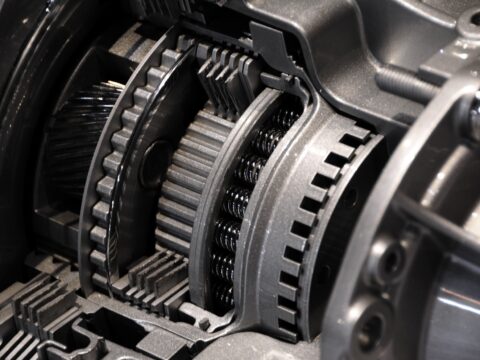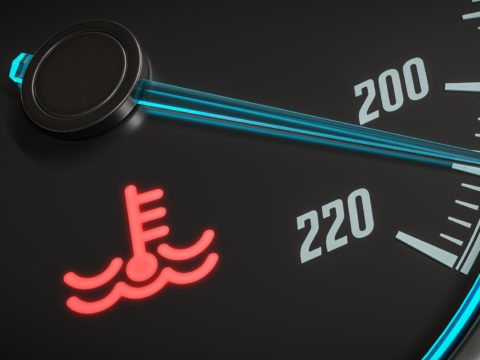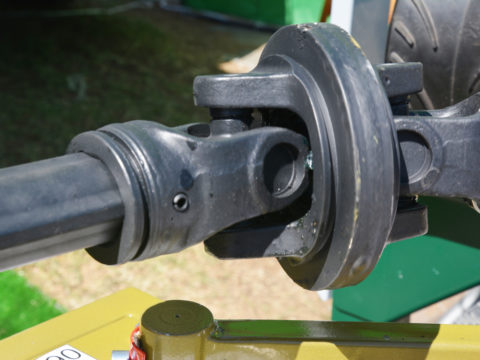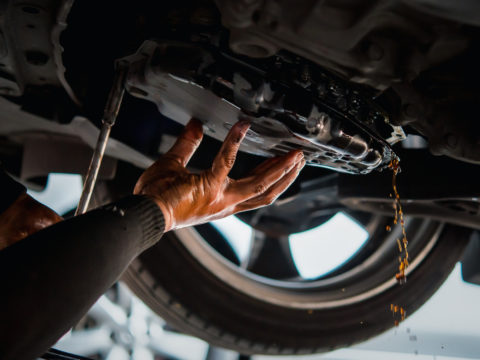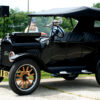If you drive a modern automatic vehicle your car is equipped with a neutral safety switch. This safety feature is a critical component often overlooked or even unknown by drivers.
However, if the neutral safety switch fails, you may find yourself with a vehicle with a”no start” condition, an unreliable start, or even a car that starts in all gears!

If you’re concerned about the functionality of your neutral safety switch, continue reading to learn more about the part and diagnosing, resetting, and replacing a faulty switch.
Contents
What Is A Neutral Safety Switch in A Car
The neutral safety switch is a safety feature of automatic transmission vehicles that prevents that vehicle from starting in any gear other than park or neutral.
Right away, you can see why making sure this switch function is so critical to preventing accidental starts in drive or reverse.
Where is the Neutral Safety Switch Located?
The location of a neutral safety switch usually depends on the location of your shifter.
In an automatic column shifter, the neutral safety switch is normally housed along the column on the shifter linkage.
In an automatic floor shifter, the neutral safety switch is typically located directly under the shifter or is attached to the transmission via the intake arm.
How Does the Neutral Safety Switch Work?
As the neutral safety switch is housed in the wiring of the starter and ignition system, this component is integral to completing the electrical circuit that allows a vehicle to turn over. If the vehicle’s shifter is positioned in the driving gears the neutral safety switch will be in an open position, thus not allowing electrical current to be completed within the ignition system.
The starter solenoid, which receives power from the vehicle’s battery, is responsible for activating the starting motor via the electrical currents of the starter and ignition wiring. When a neutral safety switch is functioning correctly, the starter solenoid can only receive power from the battery if the vehicle’s transmission is in “neutral” or “park”.
What Causes A Neutral Safety Switch to Go Bad?
A variety of causes can contribute to a neutral safety switch failing. Below are 5 of the most common causes of a bad neutral safety switch.
Age
The neutral safety switch is a small component that can break down over time. If the part is old enough, the wiring inside it may break down to the point that it no longer works.
Corrosion
Exposure to the elements can cause the neutral safety switch to become corroded by repeated exposure to water, salt on the roads, etc.
Accumulation of Dirt and Grime
Accumulation of too much dirt and grime can cause the switch to fail to complete the electrical circuit.
Damaged Part
Another cause of a faulty neutral safety switch is a damaged component. Damage to the wiring from mice chewing, for example, can cause an incomplete circuit.
Loose Switch
If the neutral safety switch has become loose, it will not function properly, preventing the ignition switch from sending its electrical current to the starter motor and ignition system.
Symptoms of a Bad Neutral Safety Switch
There are several symptoms associated with a faulty or damaged neutral safety switch. Below are 5 of the most commonly listed symptoms of a bad neutral safety switch.
1) Default Neutral
A vehicle starting in neutral, but not park is a common symptom of a bad neutral safety switch.
2) Default Park
Alternatively, another symptom of a bad neutral safety switch is that it will cause the vehicle to start in park, but not neutral. This problem may go undetected for a while as most automatic transmission drivers start their cars from park, not neutral.
3) All Gear
A bad neutral safety switch can cause the vehicle to start in all gears. Of course, this problem could lead to a wreck if a driver accidentally starts the car in drive and unintentionally lurches forward.
4) Car Won’t Start
A vehicle with a bad neutral safety switch may not start at all. This condition is often much more tricky to diagnose as there are many causes of “no start” conditions.
5) Check Engine Light
The check engine light could also come on with a faulty neutral safety switch. This symptom almost always accompanies another one of the symptoms listed above.
What Happens if the Neutral Safety Switch Fails?
As mentioned above, the most dangerous scenario of a failed neutral safety is a vehicle accidentally lurching forward or in reverse. A faulty neutral safety switch that allows the car to start from any gear can cause this situation.
You might want to continue to operate the vehicle if the neutral safety switch allows it to start from any gear, but one misstep can cause a significant or even deadly accident.
Of course, the opposite may happen in which the failed neutral safety switch causes the vehicle to have a no-start condition.
The result of a failed neutral safety switch varies due to the sensitive electrical wiring inside the component that can affect the vehicle in different ways when damaged.
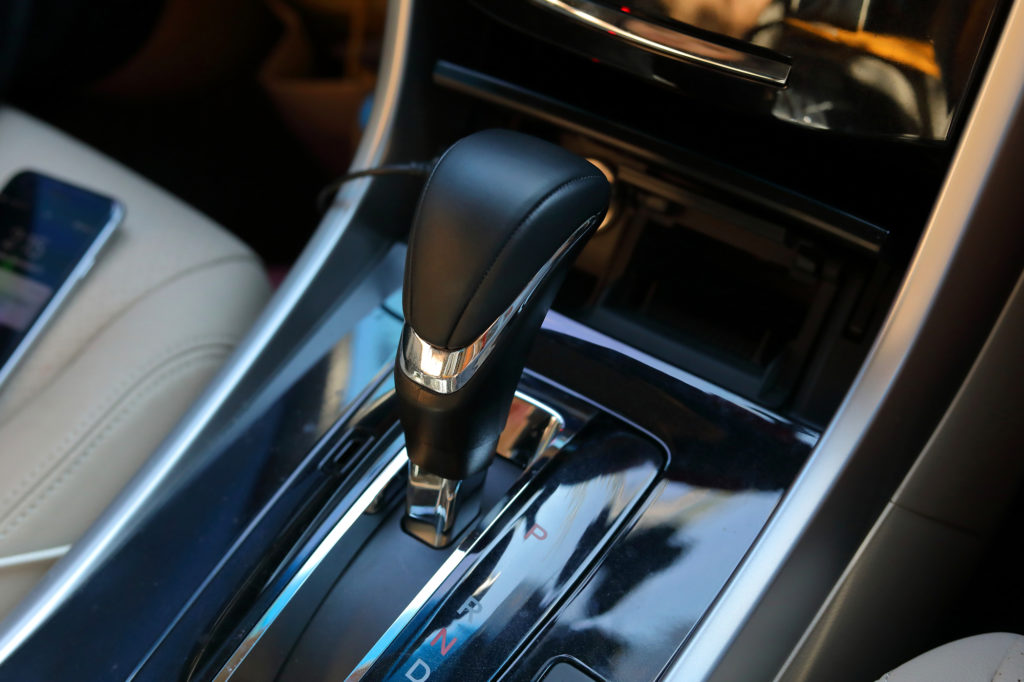
How to Reset the Neutral Safety Switch?
In some situations, your neutral safety switch can be adjusted rather than replaced. This depends on why the neutral safety switch is failing and the type of switch you have.
You can access the switch either by removing a part of the console assembly in some vehicles. You may also access the component from beneath the car.
Slide the Switch
One method of adjusting the switch is by loosening it enough so it can move, sliding it back into the correct position, and tightening it back down.
You will know that the switch is in the correct position when your helper can turn the vehicle over in park and neutral.
Align the Marks
Some neutral safety switches have marks that indicate where the neutral/park position is. If the switch has become misaligned, you can realign the part to align with the neutral mark and tighten it back down to the required torque specification.
Neutral Safety Switch FAQs
Continue reading to learn about commonly asked safety, driveability, replacement cost, and labor questions regarding the neutral safety switch.
Can you Bypass the Neutral Safety Switch?
Bypassing the neutral safety switch involves cutting or removing wires and is not recommended. The neutral safety switch is a crucial safety feature that is intentionally created to add security for yourself, your passengers, and those outside of your vehicle.
Can I Drive Without a Neutral Safety Switch?
You may be able to drive without a neutral safety switch, but it’s not recommended that you do so.
The problem is that if you accidentally shift into drive or reverse, and start your vehicle you could be in a situation in which your vehicle moves forward without wanting it to. If you’re on a hill this could be particularly dangerous.
While the vehicle may operate, it’s simply not worth the risk of driving without this crucial safety feature.
How Much Does it Cost to Replace a Neutral Safety Switch?
The total estimated cost to replace a neutral safety switch is around $100 to $150, including parts and labor.
A new part typically costs about $50, while the labor costs usually range from about $50 to $150.
Labor costs can vary depending on where the safety neutral switch is located on your vehicle, the experience level of the mechanic, and varying local certified mechanic labor costs per hour.
Of course, if you do the labor yourself you can save yourself quite a bit of money. Just make sure that you have a thorough understanding of the task at hand before attempting this replacement.
How Long Does it Take to Replace the Neutral Safety Switch?
For an experienced mechanic, the neutral safety switch replacement job can take as little as half an hour once the diagnosis has been made and the new part has arrived.
If you’re replacing the part yourself, especially if it’s your first time, expect the replacement to take up to two hours. This estimate takes into account checking your work, referencing materials, and possibly needing to redo some of your work.

